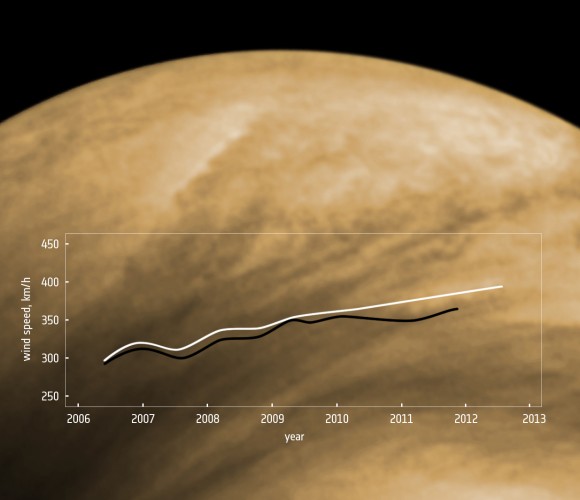I took these pictures while in the mountains camping on the weekend of June 12th 2015. It was before sundown and I noticed that an extremely bright light was in the west just above the tree line and I took these pictures of what I believe is Venus looming ever so close. One will notice the color differences of this object and the similar resemblance of the surface features as well. I will enclose a photo of Venus and the pictures I took for comparison.venus4.jpg


 This is very similar to the example recently from S Africa, just now in the latest ZetaTalk Newsletter just posted on the ning. Here's the photo and ZetaTalk from that example.
This is very similar to the example recently from S Africa, just now in the latest ZetaTalk Newsletter just posted on the ning. Here's the photo and ZetaTalk from that example.
 ZetaTalk Comment 5/30/2015: This excellent video capture from S Africa is taken at first glance to be a capture of Nibiru, as it is red in appearance and swings along the Ecliptic with the Sun. But Nibiru is seen at the 11 o’clock position in the Southern Hemisphere and thus would be seen atop the Sun, not well below. This is in fact a Monster Persona of Venus, which appears to be too close to the Sun as it is pressed close to the Earth by being caught in the cup at present. It is swinging from left to right along with the Ecliptic, in the counterclockwise motion appropriate for the Southern Hemisphere. Recent crop circles designs have hinted that a looming Venus or Dark Twin would appear more often, and they have!
ZetaTalk Comment 5/30/2015: This excellent video capture from S Africa is taken at first glance to be a capture of Nibiru, as it is red in appearance and swings along the Ecliptic with the Sun. But Nibiru is seen at the 11 o’clock position in the Southern Hemisphere and thus would be seen atop the Sun, not well below. This is in fact a Monster Persona of Venus, which appears to be too close to the Sun as it is pressed close to the Earth by being caught in the cup at present. It is swinging from left to right along with the Ecliptic, in the counterclockwise motion appropriate for the Southern Hemisphere. Recent crop circles designs have hinted that a looming Venus or Dark Twin would appear more often, and they have!
I took these pictures while in the mountains camping on the weekend of June 12th 2015. It was before sundown and I noticed that an extremely bright light was in the west just above the tree line and I took these pictures of what I believe is Venus looming ever so close. One will notice the color differences of this object and the similar resemblance of the surface features as well. I will enclose a photo of Venus and the pictures I took for comparison.venus4.jpg


 This is very similar to the example recently from S Africa, just now in the latest ZetaTalk Newsletter just posted on the ning. Here's the photo and ZetaTalk from that example.
This is very similar to the example recently from S Africa, just now in the latest ZetaTalk Newsletter just posted on the ning. Here's the photo and ZetaTalk from that example.
 ZetaTalk Comment 5/30/2015: This excellent video capture from S Africa is taken at first glance to be a capture of Nibiru, as it is red in appearance and swings along the Ecliptic with the Sun. But Nibiru is seen at the 11 o’clock position in the Southern Hemisphere and thus would be seen atop the Sun, not well below. This is in fact a Monster Persona of Venus, which appears to be too close to the Sun as it is pressed close to the Earth by being caught in the cup at present. It is swinging from left to right along with the Ecliptic, in the counterclockwise motion appropriate for the Southern Hemisphere. Recent crop circles designs have hinted that a looming Venus or Dark Twin would appear more often, and they have!
ZetaTalk Comment 5/30/2015: This excellent video capture from S Africa is taken at first glance to be a capture of Nibiru, as it is red in appearance and swings along the Ecliptic with the Sun. But Nibiru is seen at the 11 o’clock position in the Southern Hemisphere and thus would be seen atop the Sun, not well below. This is in fact a Monster Persona of Venus, which appears to be too close to the Sun as it is pressed close to the Earth by being caught in the cup at present. It is swinging from left to right along with the Ecliptic, in the counterclockwise motion appropriate for the Southern Hemisphere. Recent crop circles designs have hinted that a looming Venus or Dark Twin would appear more often, and they have!
